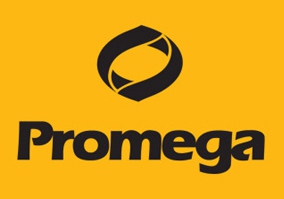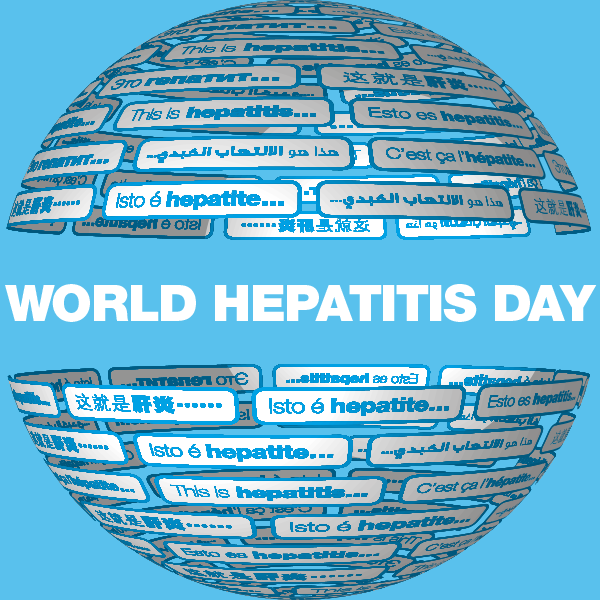
Promega has introduced NanoBRET Protein Interaction Assays, which use a firms new bioluminescence resonance energy transfer (BRET) technology, according to a press release.

The BRET technology allows scientists to quantitatively measure protein:protein interactions in live cells.
For studying interactions between proteins, traditional methods are commonly carried out in vitro using only protein fragments, which will not provide data in the context of the cellular environment. NanoBRET assays allow researchers to study both induction and inhibition of protein interactions in real time using full-length proteins expressed at physiologically relevant levels.
Conventional BRET measures the interaction of proteins using a bioluminescent donor fused to a protein of interest and a fluorescent acceptor fused to its binding partner, while the optimized NanoBRET assays use NanoLuc Luciferase as the energy donor and HaloTag protein as the energy acceptor. With an improved spectral overlap, increased signal and lower background, NanoBRET provides researchers with a reproducible method for monitoring and screening protein interactions. The brighter light output from NanoLuc also allows use of NanoBRET at low expression levels, while still offering an efficient energy transfer.

Be a part of Elets Collaborative Initiatives. Join Us for Upcoming Events and explore business opportunities. Like us on Facebook , connect with us on LinkedIn and follow us on Twitter , Instagram.












